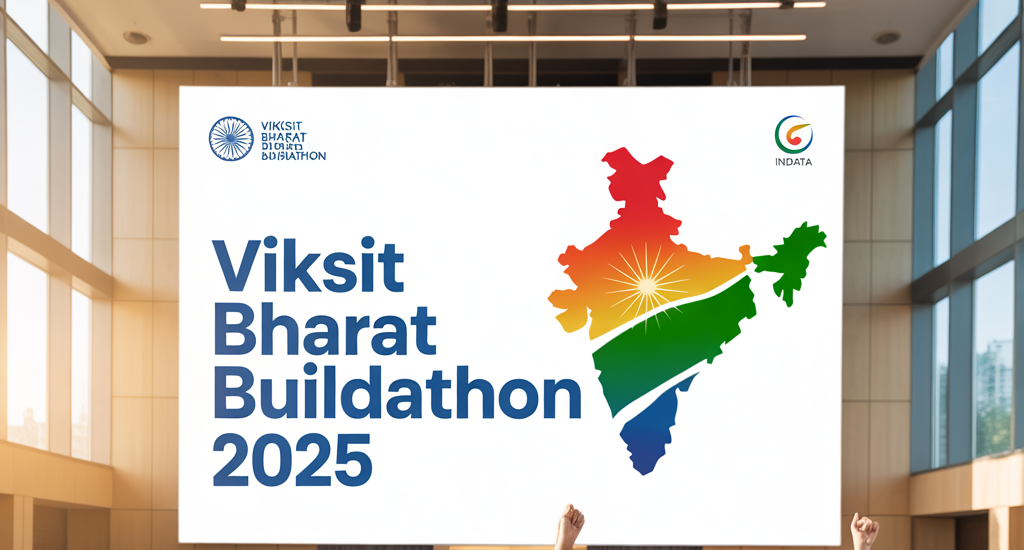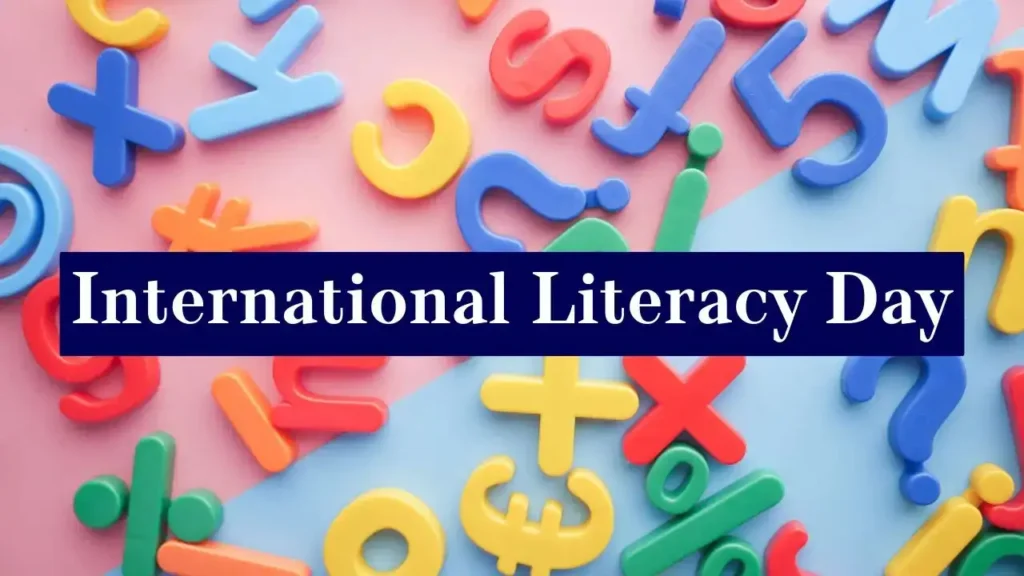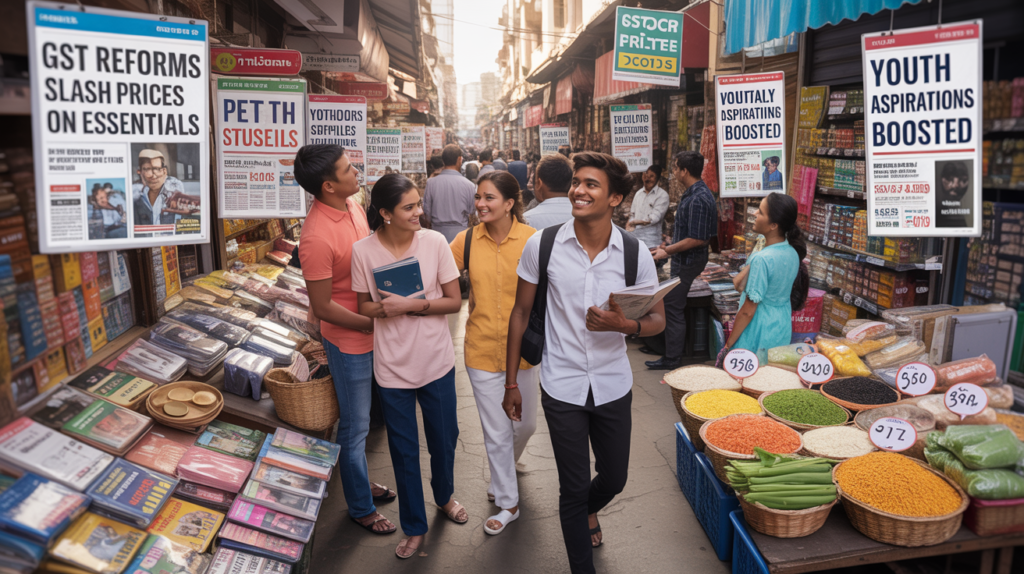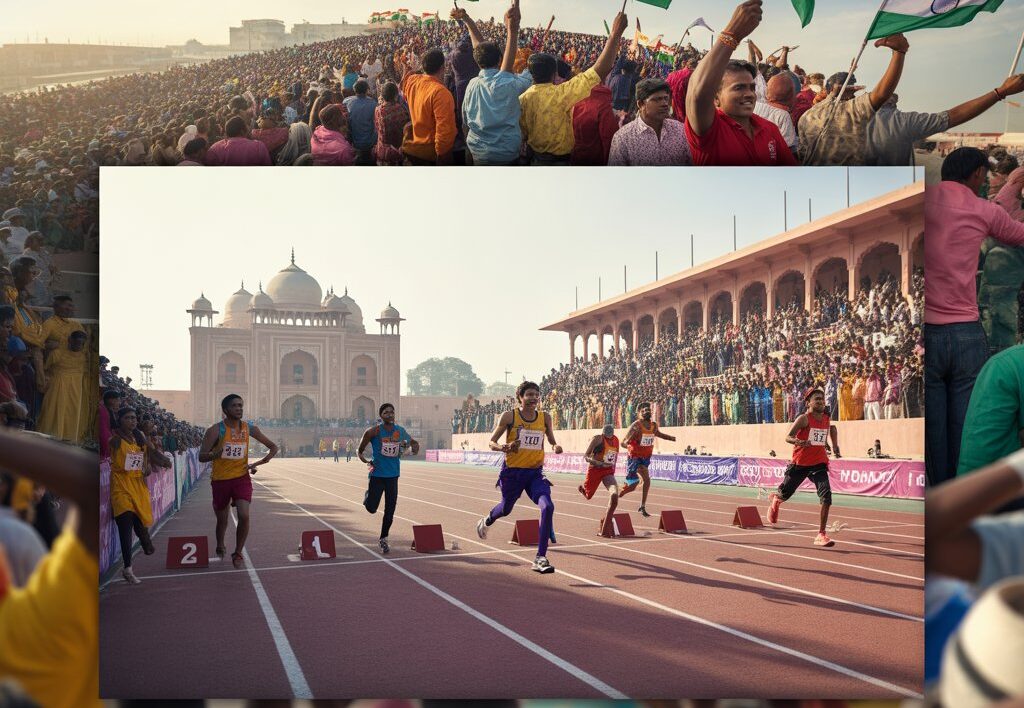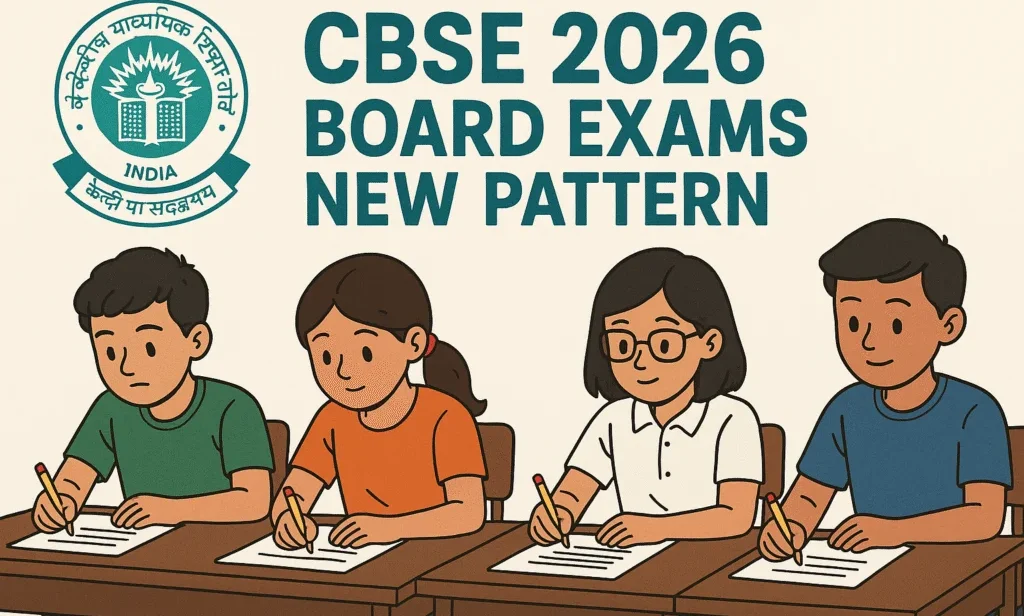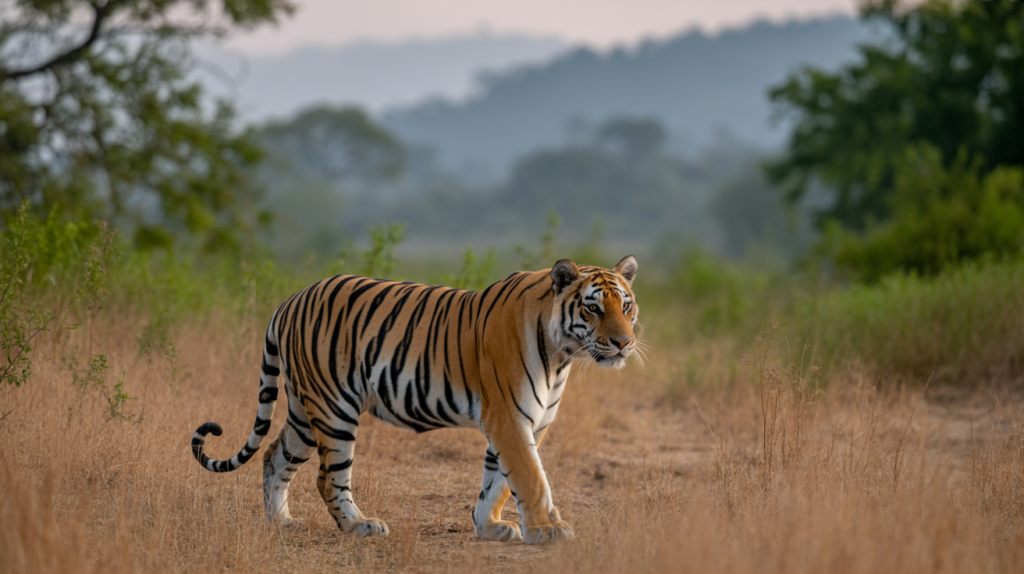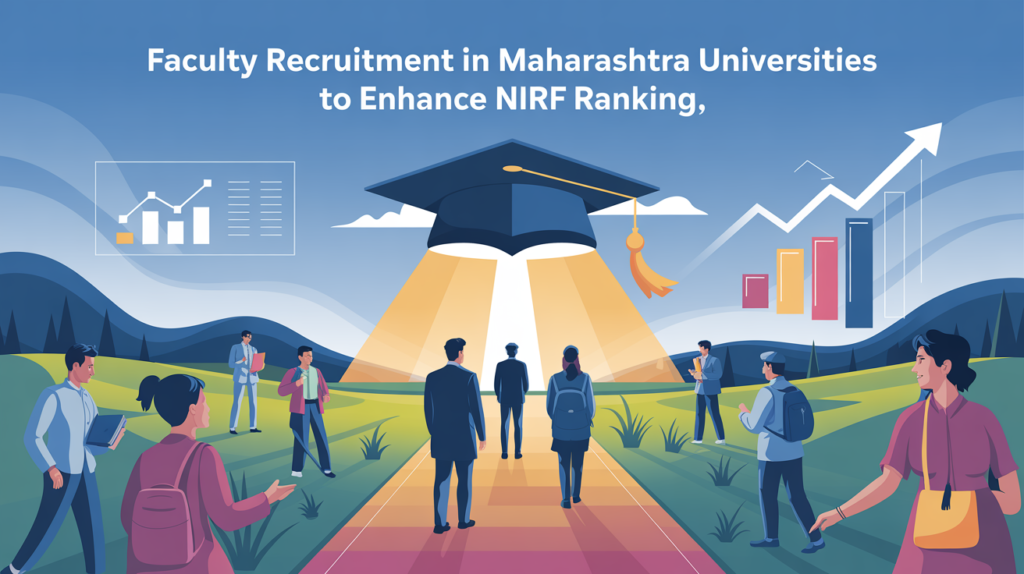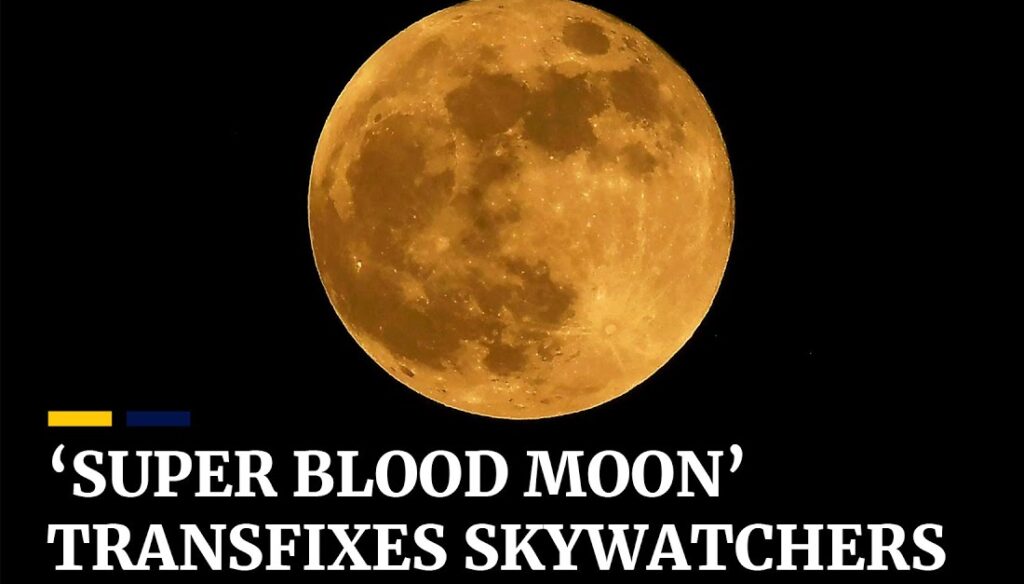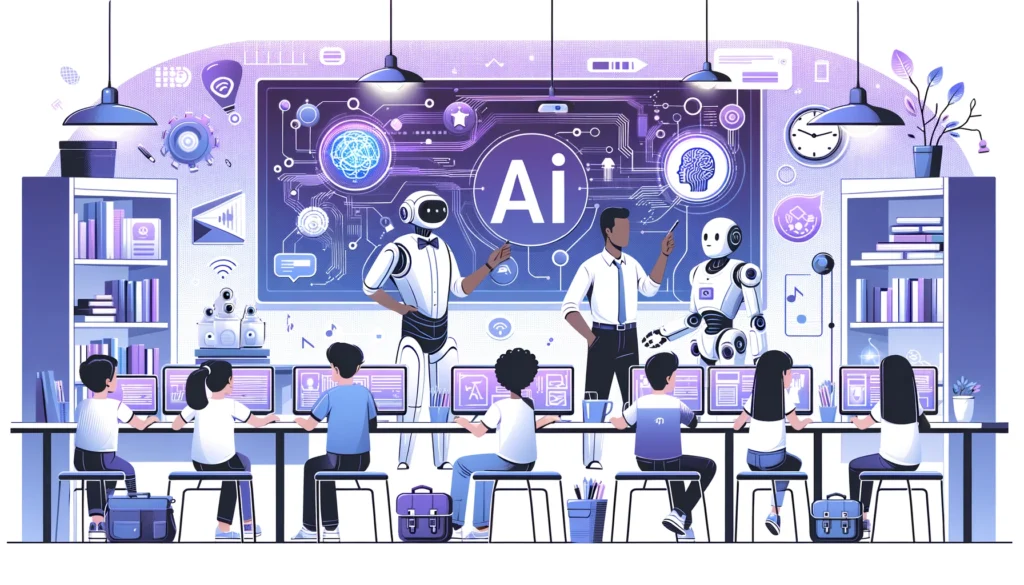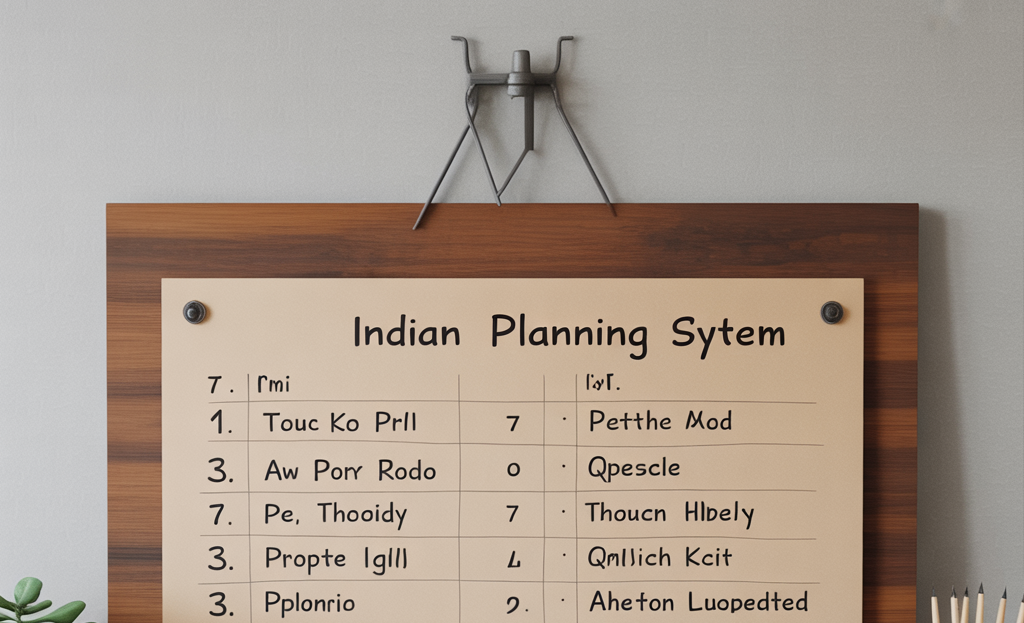Viksit Bharat Buildathon 2025 Launched for Students: 7 Transformative Highlights for Young Innovators
Viksit Bharat Buildathon 2025 Launched for Student The Viksit Bharat Buildathon 2025 launched for students marks a major step in empowering India’s youth to contribute towards nation-building through innovation, creativity, and problem-solving. Spearheaded by the Ministry of Education, this nationwide hackathon is designed to engage over 1 crore students from nearly 1.5 lakh schools in collaborative projects that address pressing societal challenges. By introducing this initiative, the government aims to strengthen digital literacy, promote teamwork, and nurture future-ready skills among schoolchildren. The Viksit Bharat Buildathon 2025 launched for students is not just a competition, but a movement to transform classrooms into innovation hubs. Objectives of Viksit Bharat Buildathon 2025 The Viksit Bharat Buildathon 2025 launched for students has several core objectives: 🎯 Promote Innovation: Encouraging students to design real-world solutions for local and national challenges. 🎯 Skill Development: Enhancing knowledge in coding, robotics, digital tools, and problem-solving. 🎯 Nation-Building: Aligning student creativity with the broader vision of Viksit Bharat@2047. 🎯 Collaboration: Promoting teamwork, critical thinking, and interdisciplinary learning. 🎯 Inclusive Participation: Ensuring students from both urban and rural schools get equal opportunity. Key Highlights of Viksit Bharat Buildathon 2025 Here are 7 transformative highlights of the Viksit Bharat Buildathon 2025 launched for students: Massive Participation Scale – Over 1 crore students from 1.5 lakh schools will join. Focus on Future Skills – AI, robotics, coding, and sustainable solutions will be emphasized. Nationwide Hackathon Format – Students collaborate in teams to build prototypes. Mentorship Programs – Experts from industry and academia will guide participants. Digital Platform Support – Online resources, toolkits, and project submissions enabled. Regional & National Levels – Competitions will progress from school level to national finals. Prizes & Recognition – Winners will receive awards, scholarships, and opportunities for incubation support. These highlights show how the Viksit Bharat Buildathon 2025 launched for students creates an ecosystem for innovation. Impact on Students The Viksit Bharat Buildathon 2025 launched for students is expected to create several long-term impacts: 📌 Boosting Digital Confidence: Students gain hands-on experience with digital tools. 📌 Entrepreneurial Mindset: Exposure to innovation cultivates leadership and creativity. 📌 Equal Access to Opportunities: Rural and underprivileged students will get platforms to showcase talent. 📌 Enhanced Employability: Skills learned will prepare students for future careers in technology and innovation. 📌 Global Competitiveness: Indian students will be better prepared to compete globally. Challenges and Considerations While the Viksit Bharat Buildathon 2025 launched for students is visionary, some challenges need attention: Limited digital infrastructure in remote areas. Need for adequate teacher training. Language and accessibility barriers. Sustaining student motivation beyond the competition. Addressing these issues will be crucial for maximizing the success of the initiative. Final Thoughts The Viksit Bharat Buildathon 2025 launched for students is a landmark initiative that bridges classroom learning with real-world innovation. By engaging millions of students in hands-on problem-solving, it will create a generation of innovators, thinkers, and leaders. For students, this is more than just a hackathon—it is a chance to shape the future of India. With strong government support, mentorship, and digital resources, the Viksit Bharat Buildathon 2025 launched for students stands as a transformative milestone in India’s education and innovation journey. FAQs on Viksit Bharat Buildathon 2025 Q1: What is the main purpose of the Viksit Bharat Buildathon 2025 launched for students?The purpose is to engage students in innovative problem-solving, skill development, and nation-building. Q2: Who can participate in the Viksit Bharat Buildathon 2025 launched for students?School students from across India, including rural and urban areas, are eligible to participate. Q3: How many schools are involved in the Viksit Bharat Buildathon 2025 launched for students?Approximately 1.5 lakh schools with over 1 crore students will take part. Q4: What skills will students learn from the Viksit Bharat Buildathon 2025 launched for students?Students will gain knowledge in AI, coding, robotics, teamwork, leadership, and digital literacy. Q5: Will the Viksit Bharat Buildathon 2025 launched for students offer scholarships or awards?Yes, winners will receive scholarships, recognition, and opportunities for incubation support.
